Web scraping is a code-based method of web data retrieval from web pages. This approach is designed to automate syntactic transformation of web pages created with HTML and XHTML in other forms, for example, into tables with required data.
Why Scrape Jobs Data From the Web?
Web scraping has high demand not only by retail and B2B businesses. Job scraping enjoys decent popularity in different areas of HR:
| Market research | Gathering industry trend data, such as details on highly demanded skills, or geographic regions featuring job growth;Monitoring competitors’ employment operations;Tracking job posts in order to offer outsourcing services and find leads for your business. |
| Job search optimization | Tracking job listings from different sources. For jobseekers, this would simplify choosing positions matching their preferences and qualifications;Tracking competitors to shape your own competitive advantage. |
| Recruitment and HR optimization | Understanding market salary trends and benefits potential employees appreciate;Uploading fresh data to job aggregator websites;Updating job databases of recruitment companies. |
Methods of Scraping Job Postings
Depending on your requirements, budget, technical skills and maintenance capabilities, you can choose from in-house web scraping, outsourcing web scraping tasks or off-the-shelf tools.
1. In-house web scraping setup
It may seem at first thought that being the owner of an in-house web scraping project is a cost-efficient and reliable endeavor. Yes, you do get full control over the process and face fewer communication issues within the project, but if you don’t take into account the foundations in-house solutions rely on, the reality may turn out to be very delusive.
Proprietary web scraping requires significant technical and manpower resources, implies concerns related with scalability, fluctuations of the scope of work, and the need to maintain your server infrastructure.
In addition to technical expertise and hardware, you’ll probably need a proxy service provider and a third-party Captcha solver. For long-term and stable job-scraping workflows, using a static isp proxy helps maintain consistent IP identity while reducing blocks, making it ideal for in-house setups that require reliability over time.
Before deploying an in-house web scraping project, ask yourself some important questions:
- Is web scraping an unimportant part of your business, or does it add only a small part of business value?
- Do you have enough technical specialists to handle the complicated deployment, maintenance and update processes?
- Is your team experienced in web scraping?
- Will web scraping failures seriously affect your business processes?
- Do you have consistent web scraping demand, or does it fluctuate from time to time?
- Can you handle legal issues related with scraping websites that try to protect themselves? Here it comes to mind that apart from Indeed, there are job posting sites that require login and password, for example, LinkedIn.
- Do you plan to increase web scraping scale?
Honest answers to these questions will shed a light on whether you can handle all difficulties of in-house web scraping. It’s worth going for it, if your scale is rather small. Then a relatively simple proxy infrastructure and a small team will be enough to cope with the task.
You should also deploy web scraping in-house, if web scraping is a principal line of business you run, and if your business is at the early stage, and you don’t have enough budget to outsource this service. Though in this case you should probably subscribe to mailing lists of necessary websites.
In other cases, it’s better to outsource web scraping to professionals.
2. Web scraping service
With difficulties of deploying web scraping in house, including the need to identify bans, manage reattempted requests in case of proxy errors, add delays and rotate user agents, it’s often better to turn your eyes towards “managed service” offered by niche service providers.
With this Data-As-a-Service approach in place, you’ll get the required data directly, in the format, volume and frequency that meet your requirements. These factors also affect the final price, taken together with the website complexity.
Generally, it’s reasonable to hire a web scraping provider for job postings, if you run a job posting aggregator and need a lot of vacancies data with guaranteed uptime and quality from different sources, including Indeed, LinkedIn, Glassdoor, and the like.
The main advantages of web scraping outsourcing:
| No need to invest in your own infrastructure | Expertise and experience of a professional web scraping team | No need to set up processes from scratch, hence time-savings and efficiency |
| Access to state-of-the-art technology | A possibility to increase or reduce the web scraping scope depending on your current needs | Guaranteed data quality and legal compliance |
But if you have simple tasks, like web scraping one or several websites without strong anti-scraping protection, choose ready-to-use tools and libraries.
3. Tools for scraping jobs
If you don’t have any significant budget for web scraping, or you just face occasional private tasks, consider off-the-shelf solutions.
You can actually choose from four types of tools, such as ready-made datasets, web scraping APIs, in-house and ready-to-use web scrapers. You can even find web scrapers offered as browser plugins:
Apparently, when deciding what to use you should take into account:
- your level of coding skills – many popular crawlers are based on Python,
- a device and operating system to run the web scraper on,
- web scraping frequency and recurrence,
- format of input and export data, the need to apply filter or format conversion,
- volume of extracted data and number of processed web-pages,
- website structure and complexity, as there is certain difference between handling HTML documents and Single-page application based on JavaScript interactions,
- scraping barriers and platform requirements,
- user-friendly support, documentation and pricing of the solution.
Other important aspects include integration, in case you plan to fully automate the process, and cloud-based access to data across devices. And don’t forget about anti-scraping methods – to bypass them you will need IP proxies. If your workflow includes collecting job listings directly from search engines or filtering them through SERPs, consider using google proxies. They are specifically optimized for search engine requests and significantly reduce the chances of instant blocks or CAPTCHA loops. Don’t grudge your time to find out, whether you should prefer residential or datacenter rotating proxies in your use cases.
Libraries and Tools for Scraping Indeed
Web scraper operation can be divided into three steps:
- A crawler imitates website browsing imitating end users: it submits requests to the server and gets information back in the HTML file.
- Accessing the received HTML source code, the web scraper reaches and parses the target data.
- The web scraper cleans and structures the extracted data that are afterwards uploaded to the user’s database.
Today you can choose from a variety of tools depending on your coding skills, the programming language and your desire (and capability) to create your own script from scratch.
If you prefer coding in JavaScript, consider Puppeteer or Cheerio. The first is a Node library supporting a high-level API capable of controlling Chrome over the DevTools Protocol and scraping dynamic content. The second is a fast, and flexible core jQuery tool that can scrape static HTML content.
Popular Python tools:
- The combination of libraries Requests and BeautifulSoup can be used for basic web scraping job as it supports simple HTTP requests and HTML parsing
- For sophisticated web scraping tasks, use Oxylabs’ Web Scraper API. It knows how to bypass anti-scraping techniques and smoothly extracts required data. It supports retrieving job titles, company names, or detailed job descriptions;
- Selenium web driver is a library designed to create reliable browser-based regression automation suites, as well as scale and distribute scripts across a variety of environments. As an automation tool, it allows to use a web-browser in a manner that end users do, for example click buttons and search for specific information.
- To bypass Indeed’s anti-scraping protection, use ScrapFly web scraping API that supports the Anti Scraping Protection Bypass function, helps prevent IP address blocks with residential proxies in over 50 countries and features Javascript Rendering that enables scraping dynamic JavaScript pages.
Users, who are not good at programming, can choose low/no-code solutions. For example, it takes few simple steps to get the result in Octoparse or the Indeed Scraper designed for beginners. You just start the application, make required settings, past the link to scrape and wait until the data are retrieved. Then download them in one of the available formats.
Actually, Apify offers six tools to scrape Indeed, so you can play with choices and decide, what you like best.
Conclusion
Today, IT market offers a variety of web scraping solutions that can equally be applied to retrieve job posting details. Whether you are a market analyst, HR or a jobseeker, you can choose the solution meeting your goals, level of skills and budget.
Please read our Documentation if you have questions that are not listed below.
-
Why are proxies important for job posting web scraping?
Since many websites implement anti-scraping protection, proxies help bypass the restrictions, rotate IP addresses or choose the required region.
-
Is it really necessary to be good at Python to do web scraping?
No. You can choose from different tools depending on whether you are an advanced coder or don’t know programming at all.
-
What job data can you crawl from Indeed?
Job positions and descriptions, locations, employee and company profiles, salary data, ratings and reviews
Top 5 posts
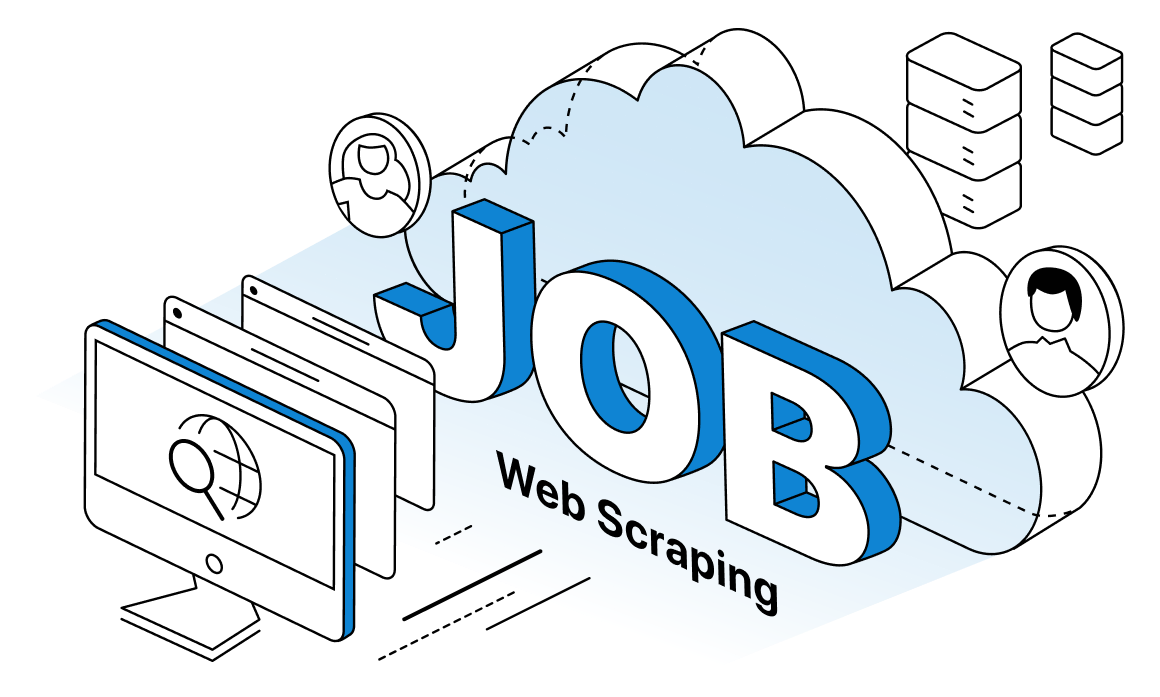

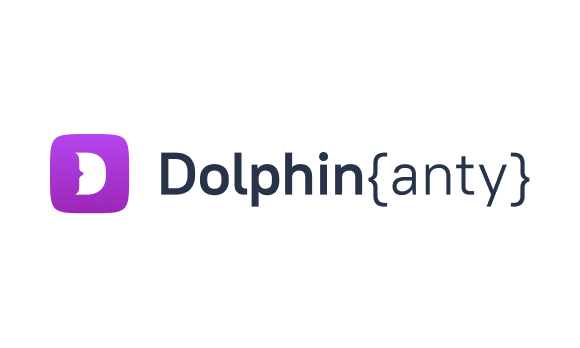

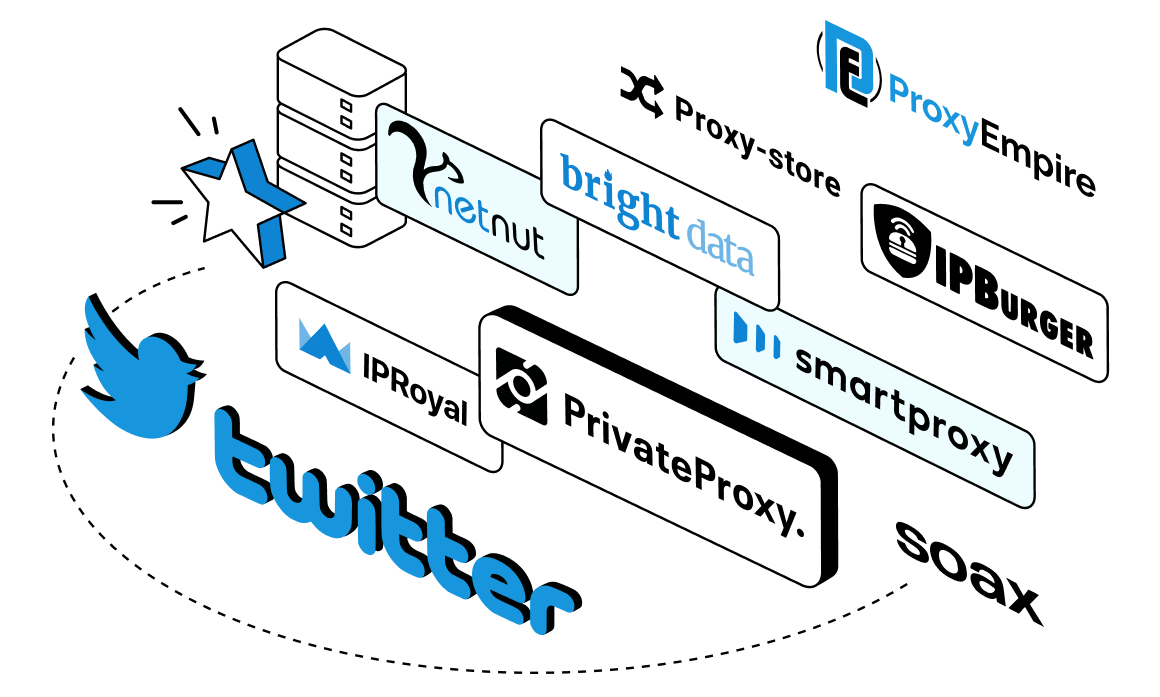
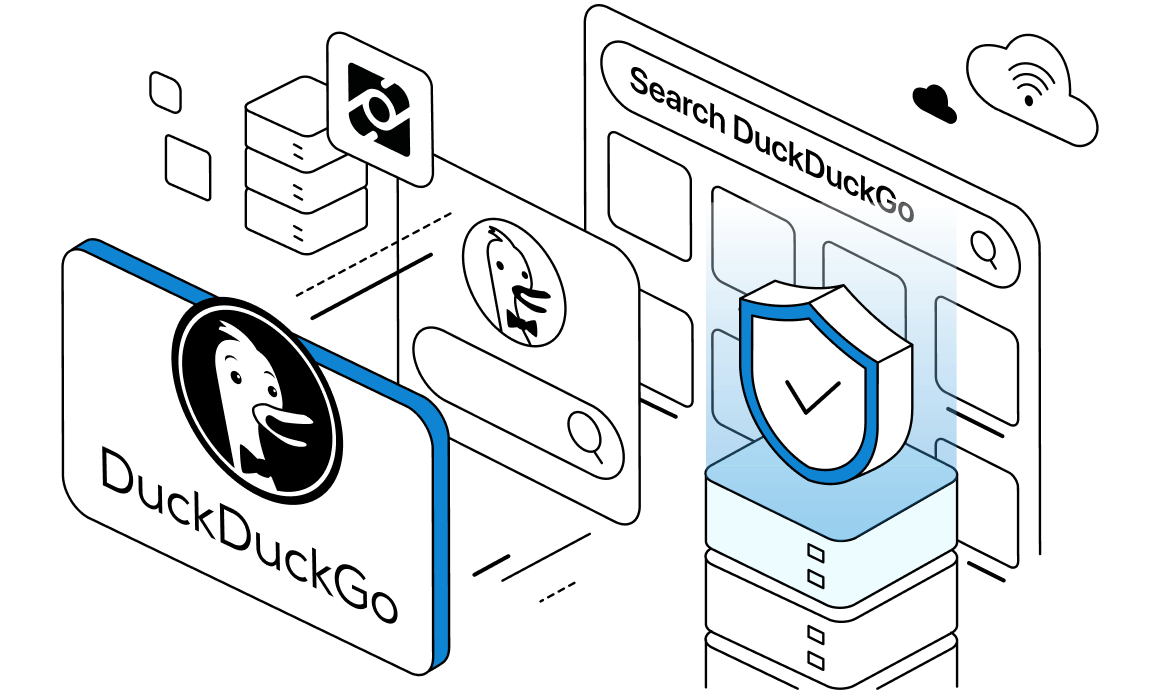
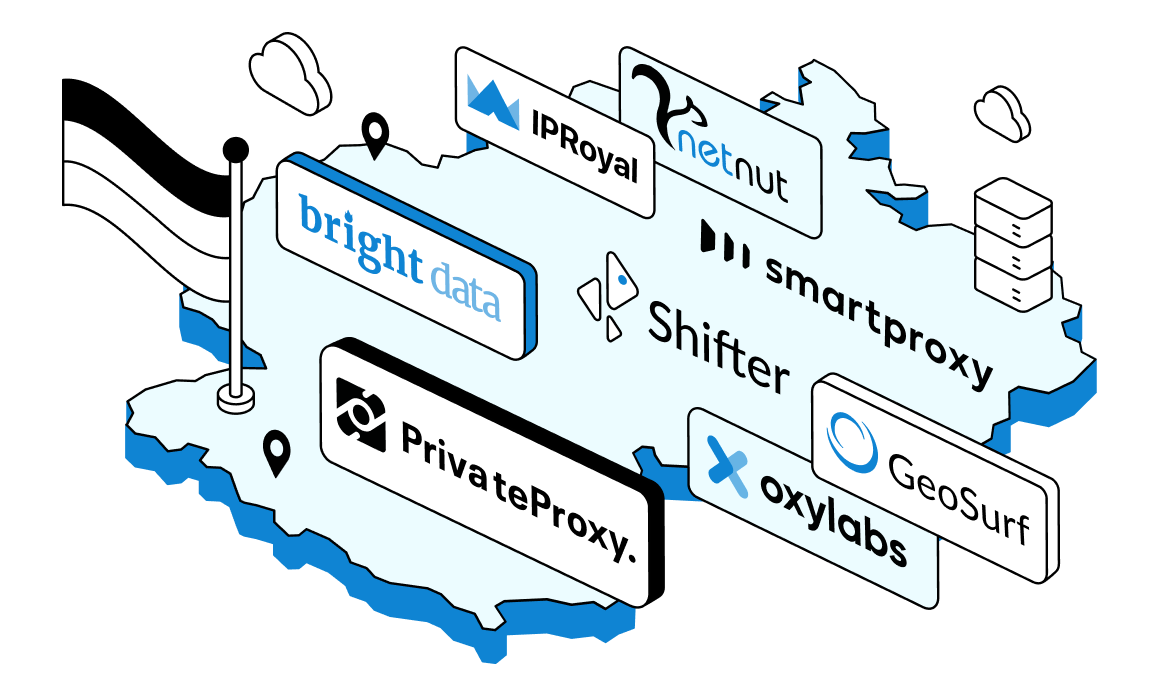
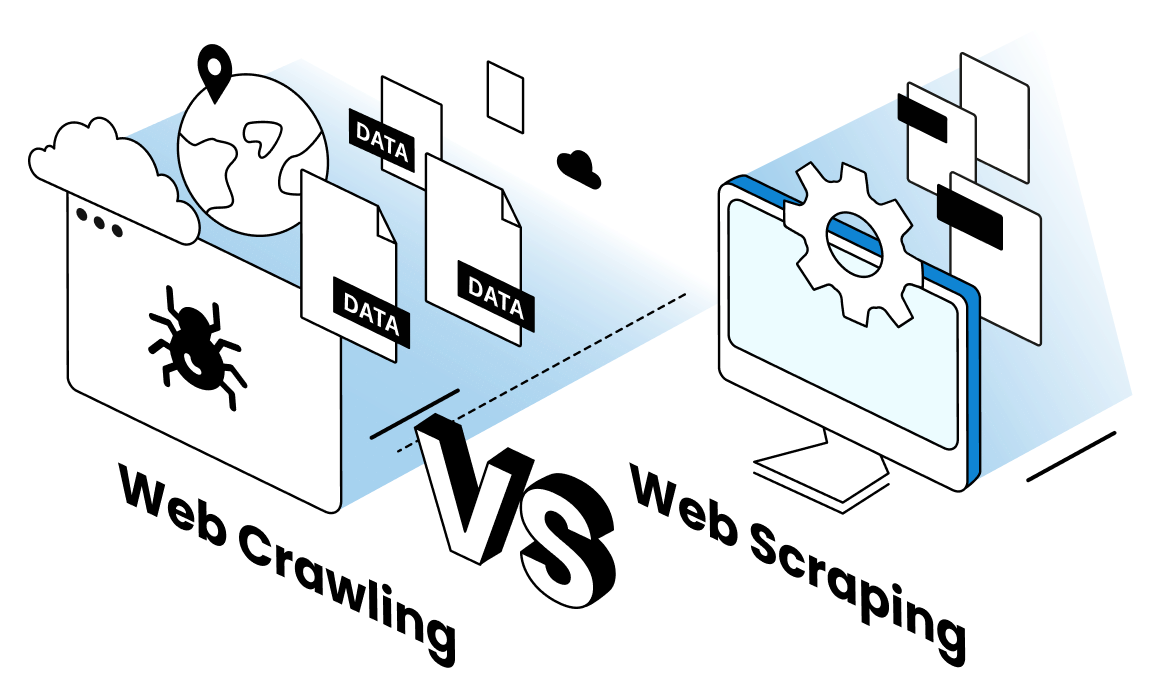

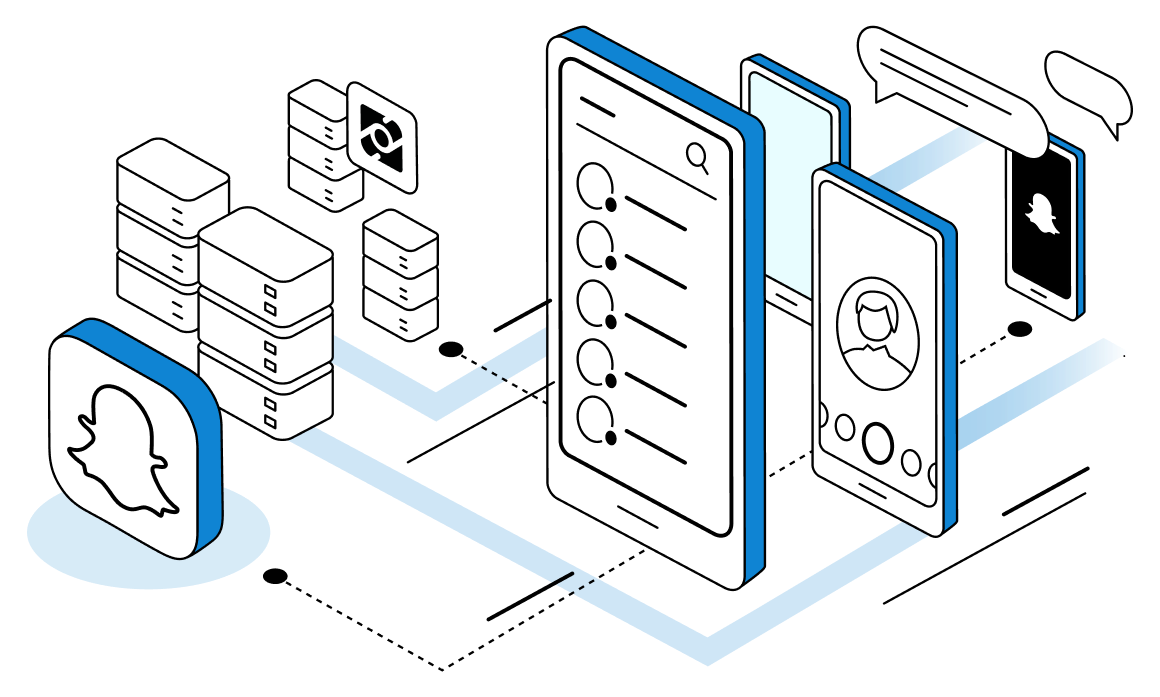
Dolphin Anty is an advanced anti-detect browser created and designed specifically for a wide range of marketing tasks. One of the main browser features allows you to perform work with lots of social network profiles in parallel. Each of these profiles will have a unique cache, cookies, and other fingerprints, along with a dedicated environment in the browser. This way, activity in each profile can stay completely separate from any other actions on your device (especially when paired with a static residential proxy server).